Free shipping on orders over 50€
Personalized customer service
24-hour delivery

The air flow, or airflow, is a very important issue when it comes to managing the cooling of the components of your equipment, and it is something that we sometimes overlook to review. As you may have seen, on our website you have a multitude of additional fans for your tower, but it is important that you know the airflow that each of them can generate, when choosing
The airflow is basically the airflow that circulates between the different components installed in your equipment, and this depends not only on the fans that we install, but also on other factors that we discuss below:
- Ambient temperature where we have our equipment.
- Disposition of components: depending on how we have installed our components in the equipment.
- Air flow volume over time (CFM): the approximate amount of air that circulates through an element over a period of time
- Air pressure in the equipment (mm H2O): the force with which the air moves
To know in depth everything that influences and how to properly measure the air flow, we leave you this more complete guide
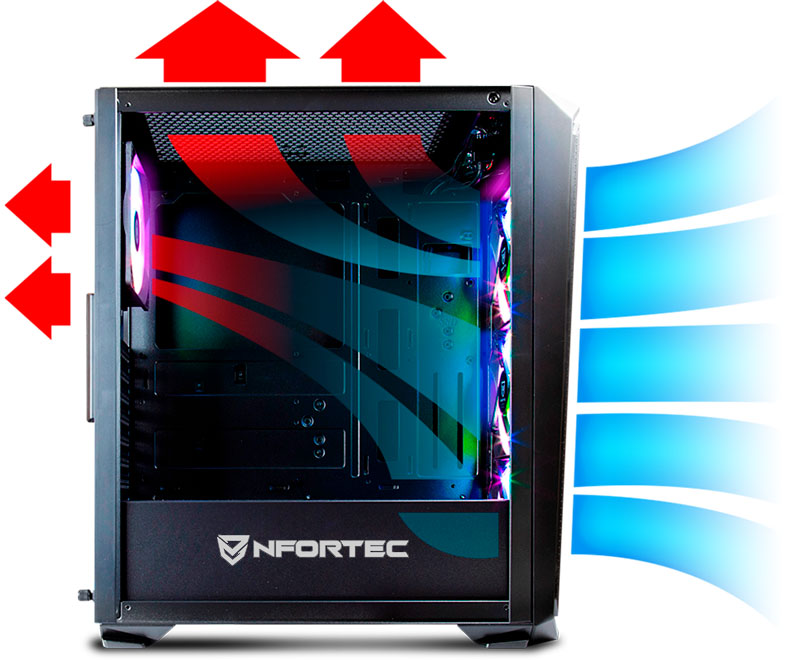
The volume of airflow that a fan can "move" is measured in CFM, an English measurement that does not really belong to the international system, but is commonly used in this field. The acronym stands for "Cubic Feet per Minute", which literally means "Cubic Feet per Minute", and translating it into an easily understandable "language" is somewhat complex. Let's say "one cubic foot per minute" [cfm] = 0.471 947 443 2 Liters per second [l/s]. This unit measures the rate at which air enters or leaves a space, in this case, your PC tower, every minute
To calculate the CFM, you will need to know the diameter of the blades and the inclination of its blades, along with the variable rpm, but do not worry, in Nfortec we give you all this already calculated. It's still not very clear, is it? It is normal, but the important thing is that you know that any fan with a CFM of around 40, is totally optimal to keep your equipment cool. Therefore, the fans of Nfortec, both preinstalled as standard in our gaming towers, as well as additional and supplementary ones, range from 30 ± 10% to 68 ± 10% CFM. Remember that RPM and other factors also play a role, so our fans are more than ready to ventilate all your equipment
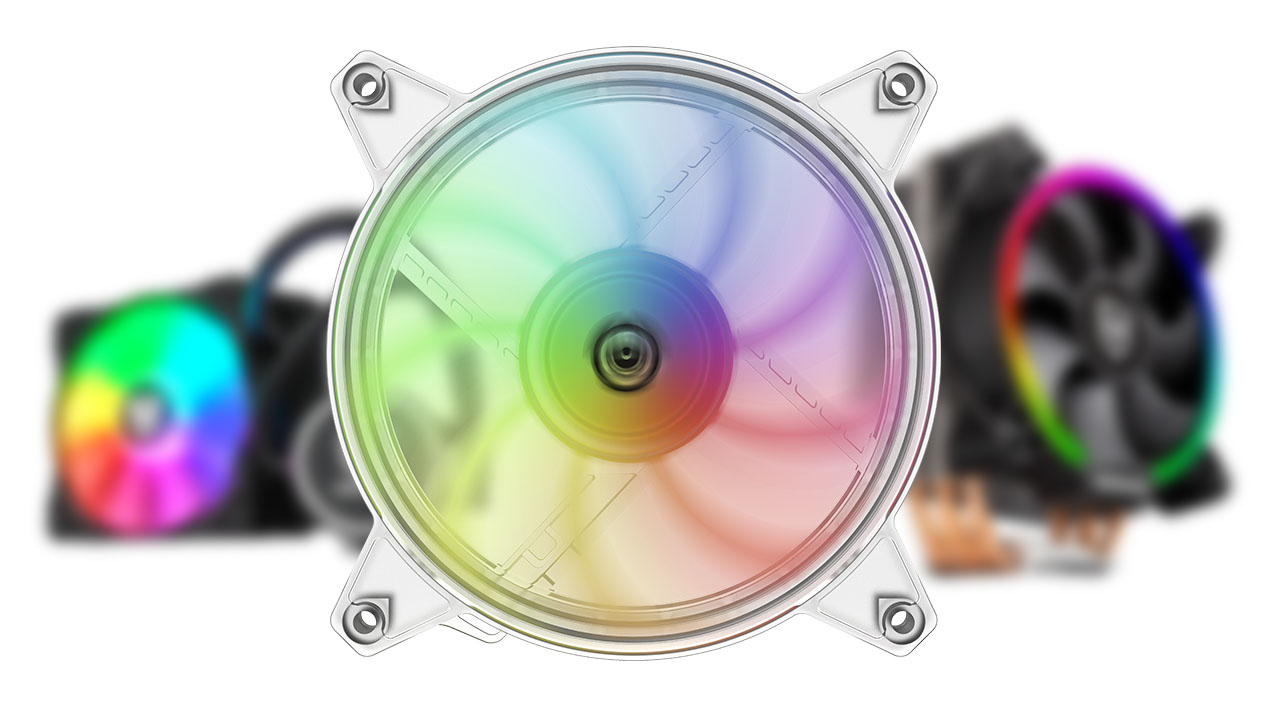
On our website you will find supplementary and additional fans, as well as fan packs, ready to keep your equipment temperatures under control, no matter how much you use it, and thus prolong the life of your components
It is important that, if you want to expand the number of fans in your case, you take more things into account before deciding on a fan from among our models. As you will see, there are fans specific to many of our towers, indicated specifically for them, especially in the case of the old RGB models, which are practically no longer in use due to the upgrade to ARGB, with 5v 3-pin connections. That's the first thing you need to consider, the connections you need
Then there are the fans for upgraded towers, such as Krater, Vega or Draco V2, with ARGB, and which are mainly indicated for each of them, mostly because of the design, which we can assure you will fit perfectly in your tower, if it corresponds to the fan model
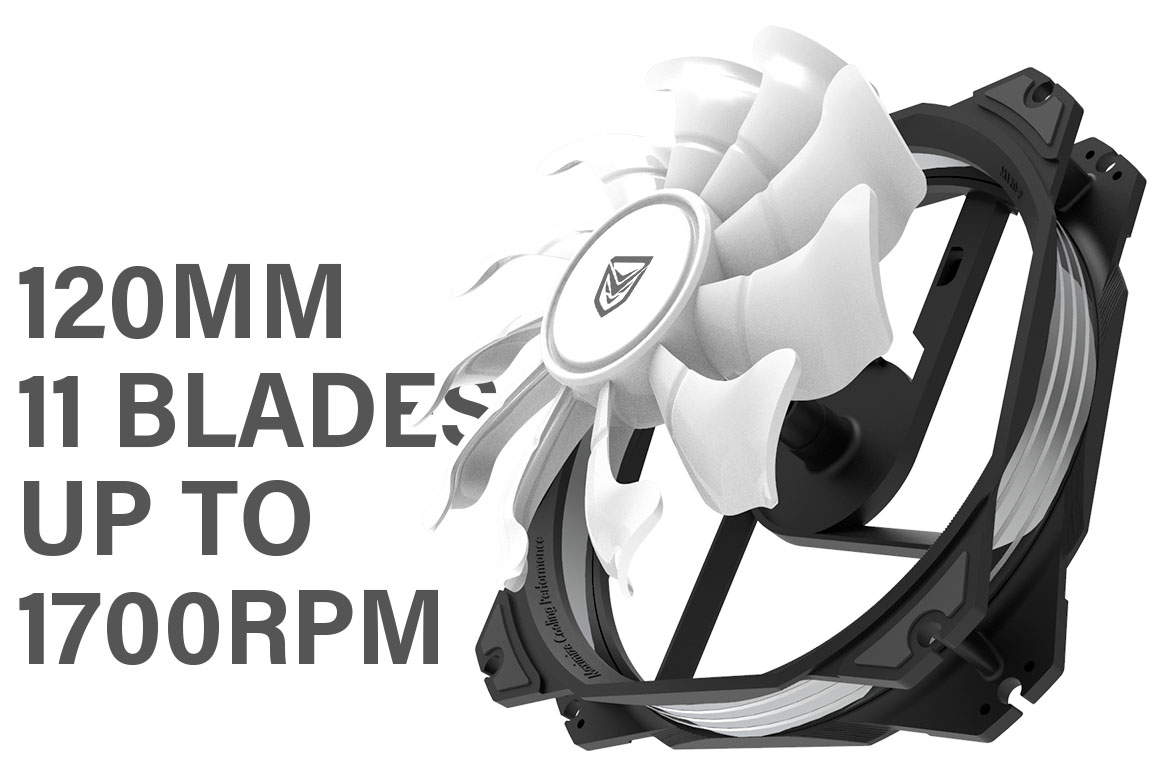
On the other hand, you have the extra fans, which are not specific to any tower, such as Oberon, Velorum and Nebulus. These are a wonderful option to improve the cooling of any of your cases, as long as it has ARGB connections, although, if this is not the case, remember that you can replace your RGB controller with one updated to the new generation, and use these fans, in fact, the packs have it included
Of all our supplementary fans, the new model Nebulus ARGB offers impressive specifications, incredible airflow, and all with minimal sound. With our Nebulus fan, you are assured of optimal ventilation thanks to its 11 blades, as well as an aesthetic to your liking, thanks to its synchronizable lighting. Below, we leave you the specifications of this impressive model, and remember that you can check the specifications of each fan, on its product page, on our website.

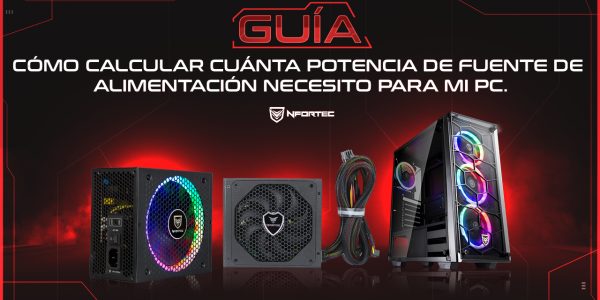
Hardware is a complicated world. Not only do we have to know about components but also compatibilities,...
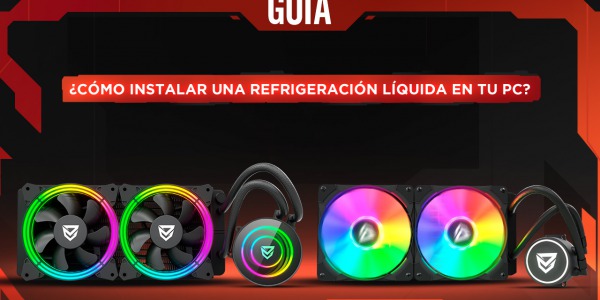
One of the first doubts that arise when you decide to embark on the adventure of assembling a computer from parts...
Comments (0)